- Products
- Services
- Markets
- About
-
 English US
English US
 English US
English US
Chemical Formula: Ag, Ag(CN)2, Ag(S2O3)2
Present as: anion
Silver is the metallic element with the atomic number 47. Its symbol is Ag, from the Latin argentum, derived from the Greek ὰργὀς (literally “shiny” or “white”), and ultimately from a Proto-Indo-European language root reconstructed as h2erǵ-, “grey” or “shining”. A soft, white, lustrous transition metal, it exhibits the highest electrical conductivity, thermal conductivity, and reflectivity of any metal. The metal is found in the Earth’s crust in the pure, free elemental form (“native silver”), as an alloy with gold and other metals, and in minerals such as argentite and chlorargyrite. Most silver is produced as a byproduct of copper, gold, lead, and zinc refining.
Silver has long been valued as a precious metal. Silver metal is used in many premodern monetary systems in bullion coins, sometimes alongside gold: while it is more abundant than gold, it is much less abundant as a native metal. Its purity is typically measured on a per-mille basis; a 94%-pure alloy is described as “0.940 fine”. As one of the seven metals of antiquity, silver has had an enduring role in most human cultures.
Silver’s conductivity makes it usefule in specialty electronics. Silver is ductile and can be polished to a high reflective index. Silver is also used in mirrors and as an anti bacterial agent.
Silver ions are used as a disinfectant. Silver nitrate is a common titrant used in determining chloride ion concentration.
Silver cyanide is widely used in silver plating.
Silver thiosulfate was once produced as a by product of photography, especially for X-rays. The wastewater was passed through strong base anion resin, then precipitated with 20% sulfuric acid and the resin re-used.
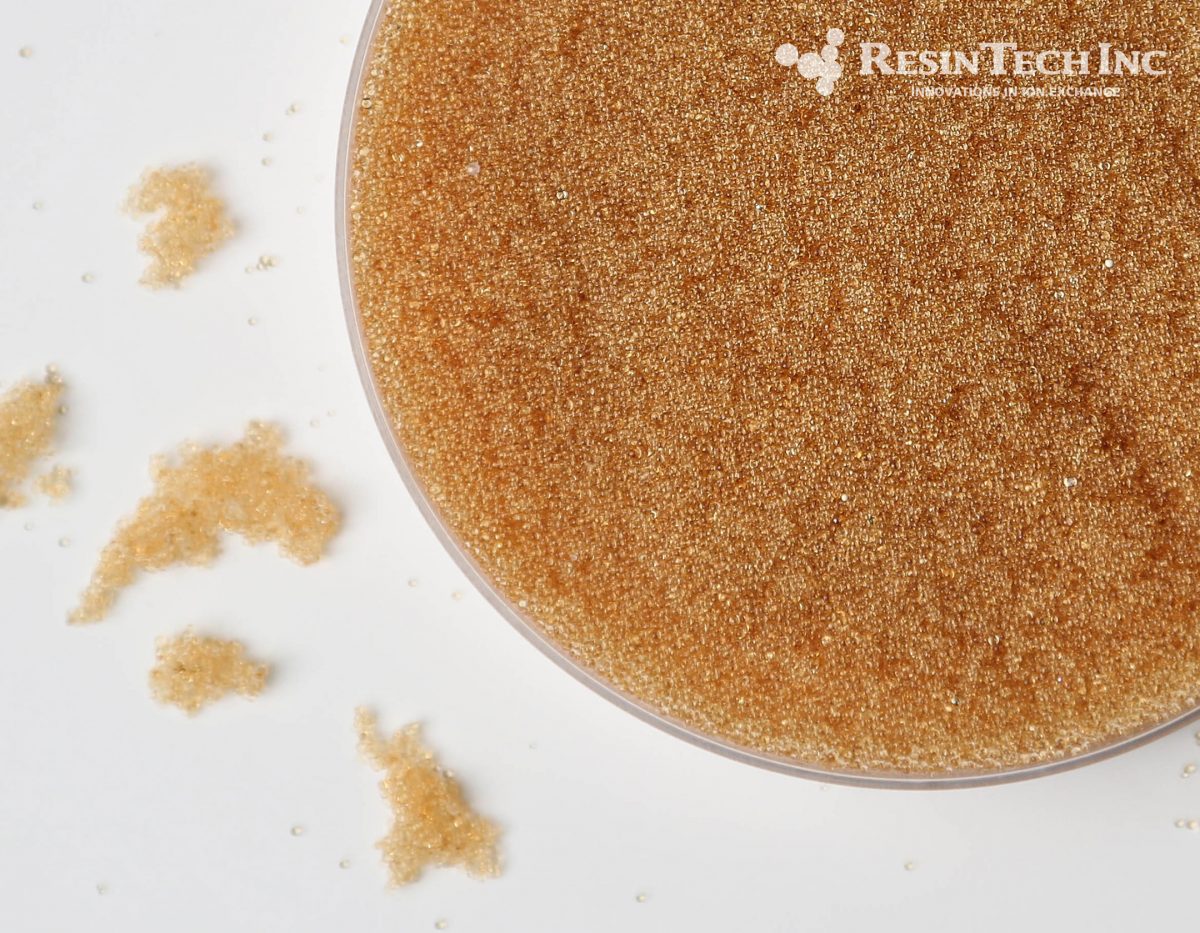
| Media Sub Category |
Strong Acid Cation |
| Polymer Matrix |
Styrenic Gel |
| Ionic Form |
Sodium |
| Applications: | |
|
- Softening - Industrial |
|

| Media Sub Category |
Strong Acid Cation |
| Polymer Matrix |
Styrenic Gel |
| Ionic Form |
Sodium |
| Applications: | |
|
- Softening - Industrial |
|
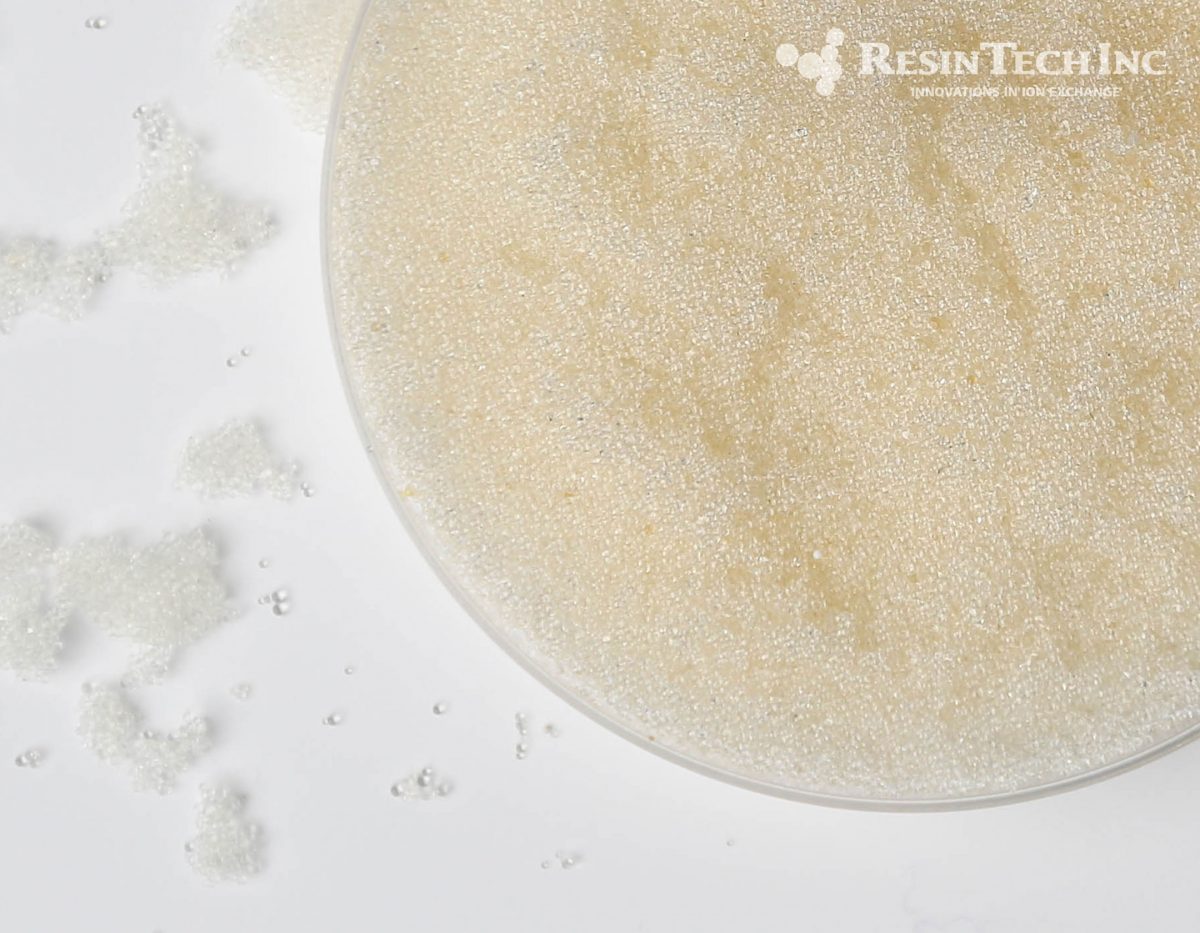
| Media Sub Category |
Strong Base Anion |
| Polymer Matrix |
Styrenic Gel |
| Ionic Form |
Chloride |
| Applications: | |
|
- Demineralization |
|
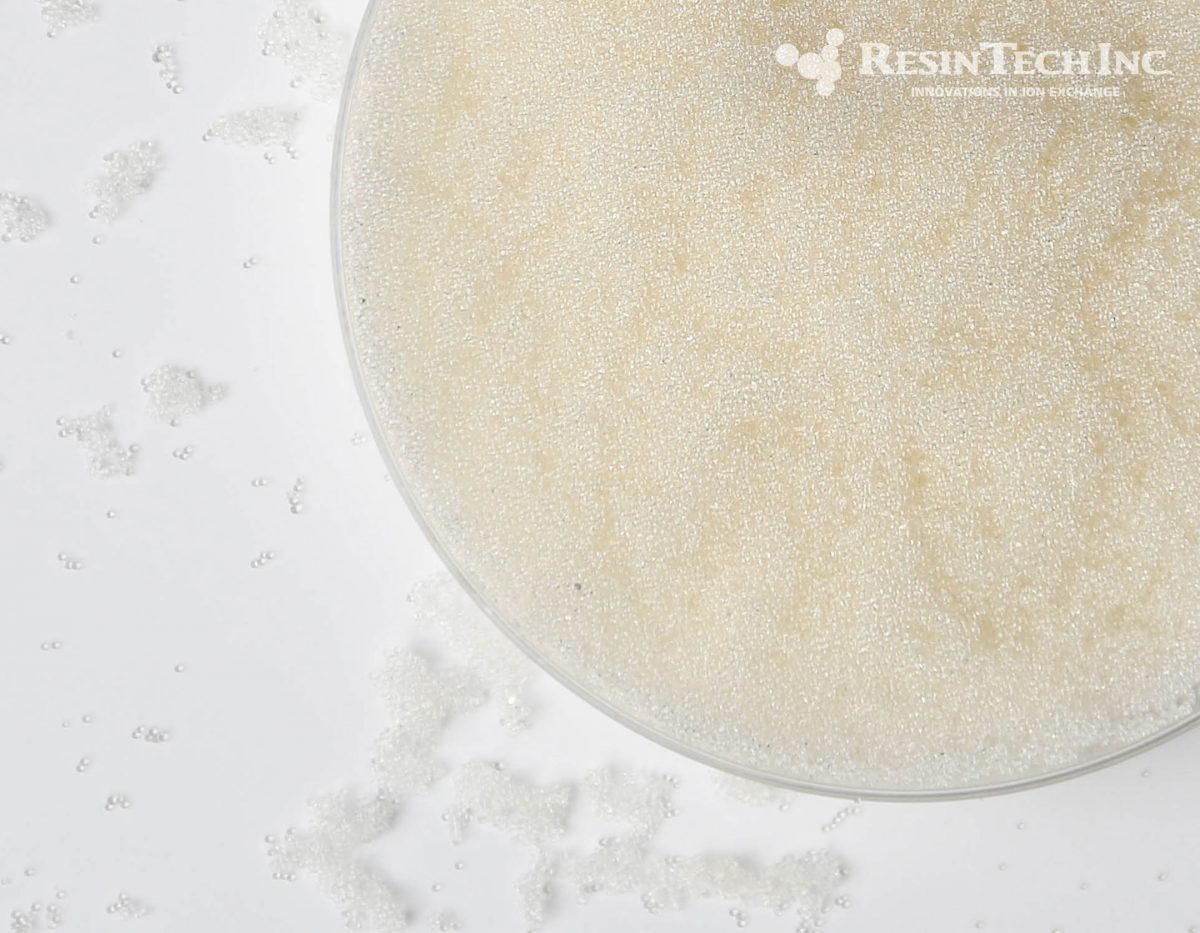
| Media Sub Category |
Strong Base Anion |
| Polymer Matrix |
Styrenic Gel |
| Ionic Form |
Chloride |
| Applications: | |
|
- Dealkalizer |
|
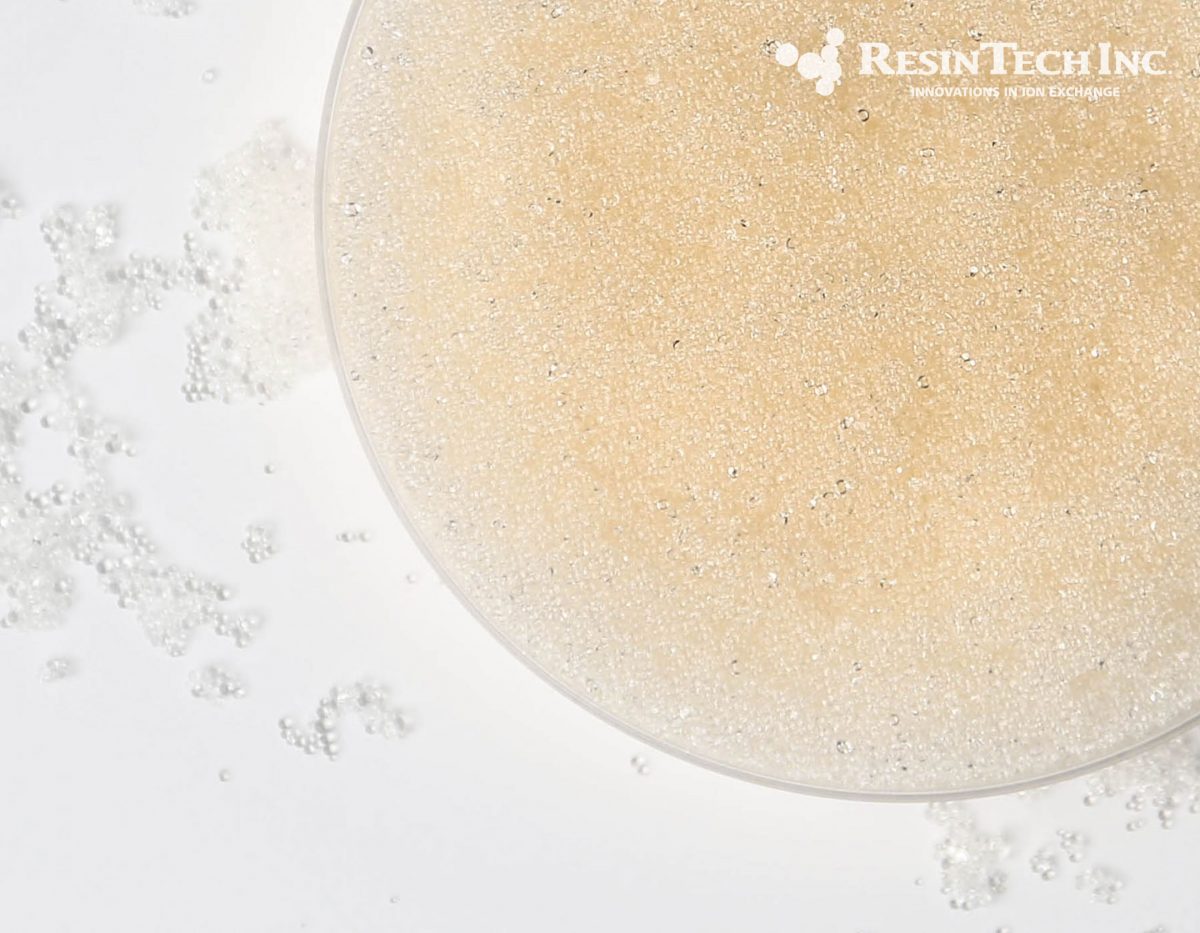
| Media Sub Category |
Strong Base Anion |
| Polymer Matrix |
Styrenic Gel |
| Ionic Form |
Hydroxide |
| Applications: | |
|
- Demineralization |
|
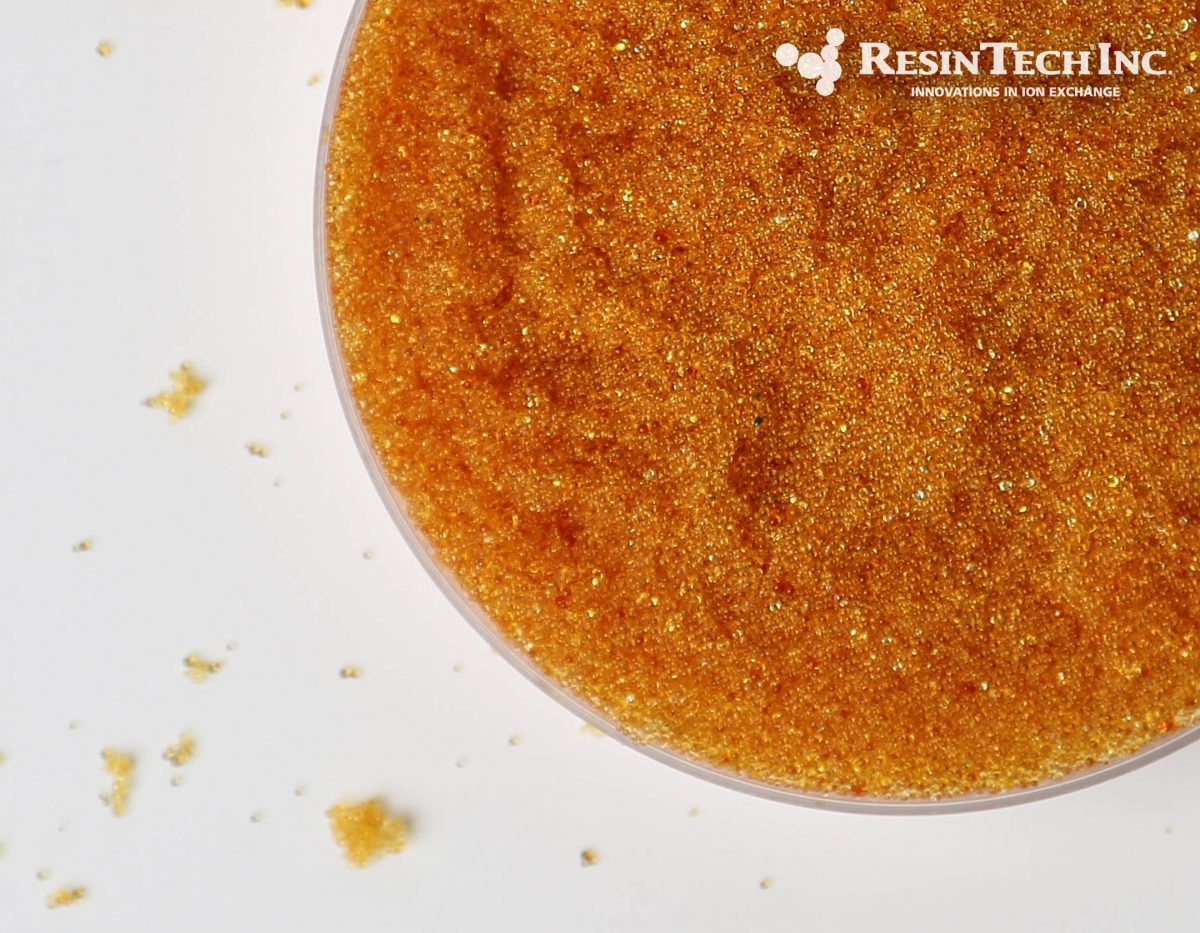
| Media Sub Category |
Strong Base Anion |
| Polymer Matrix |
Styrenic Gel |
| Ionic Form |
Hydroxide |
| Applications: | |
|
- Demineralization |
|
Need a little help deciding what to do next?
Reach out to us using the link below.
Tel: 856-768-9600
Fax: 856-768-9601
©2024 ResinTech, Inc.